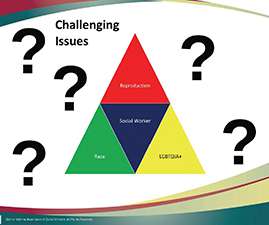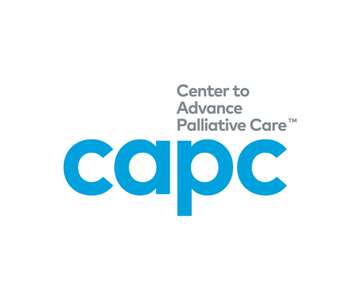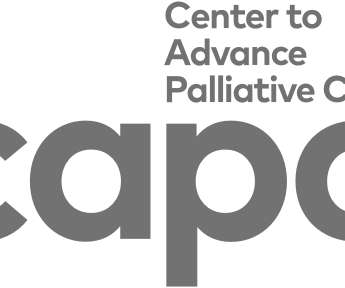Reinstate hospital social workers to improve discharge outcomes, PSWs urge Barclay
Community Care
JANUARY 18, 2023
Hospital social workers should be reinstated onto wards to support people to achieve better outcomes on discharge, amid the current severe pressures on the NHS and social care. That was the message today from the Adult Principal Social Worker Network in an open letter to health and social care secretary Steve Barclay. The letter, which has been backed by the British Association of Social Workers (BASW) England, warned that a lack of social work assessments prior to discharge was leading to peopl
















Let's personalize your content